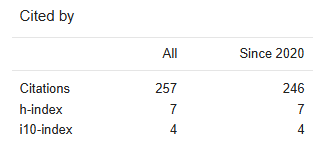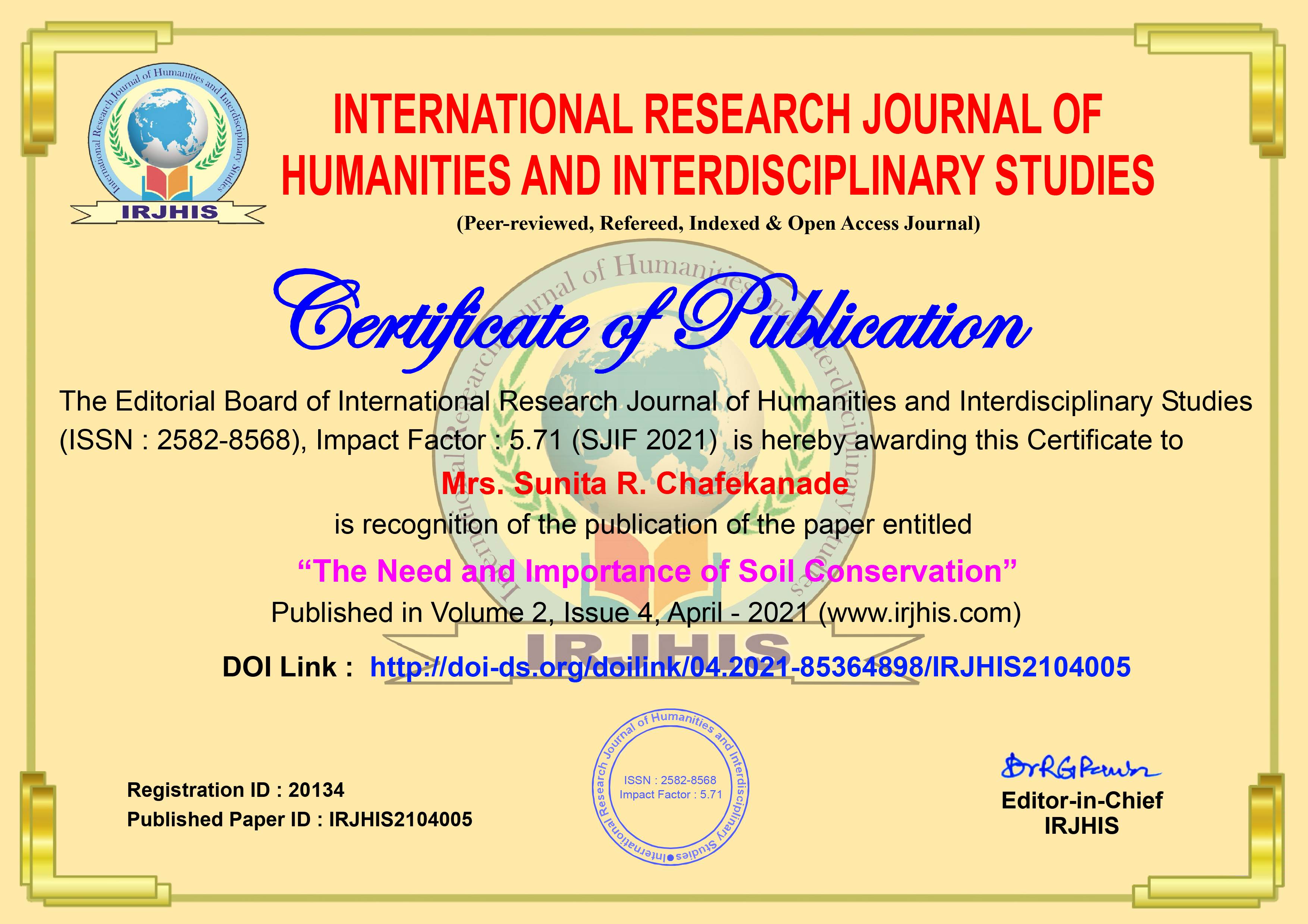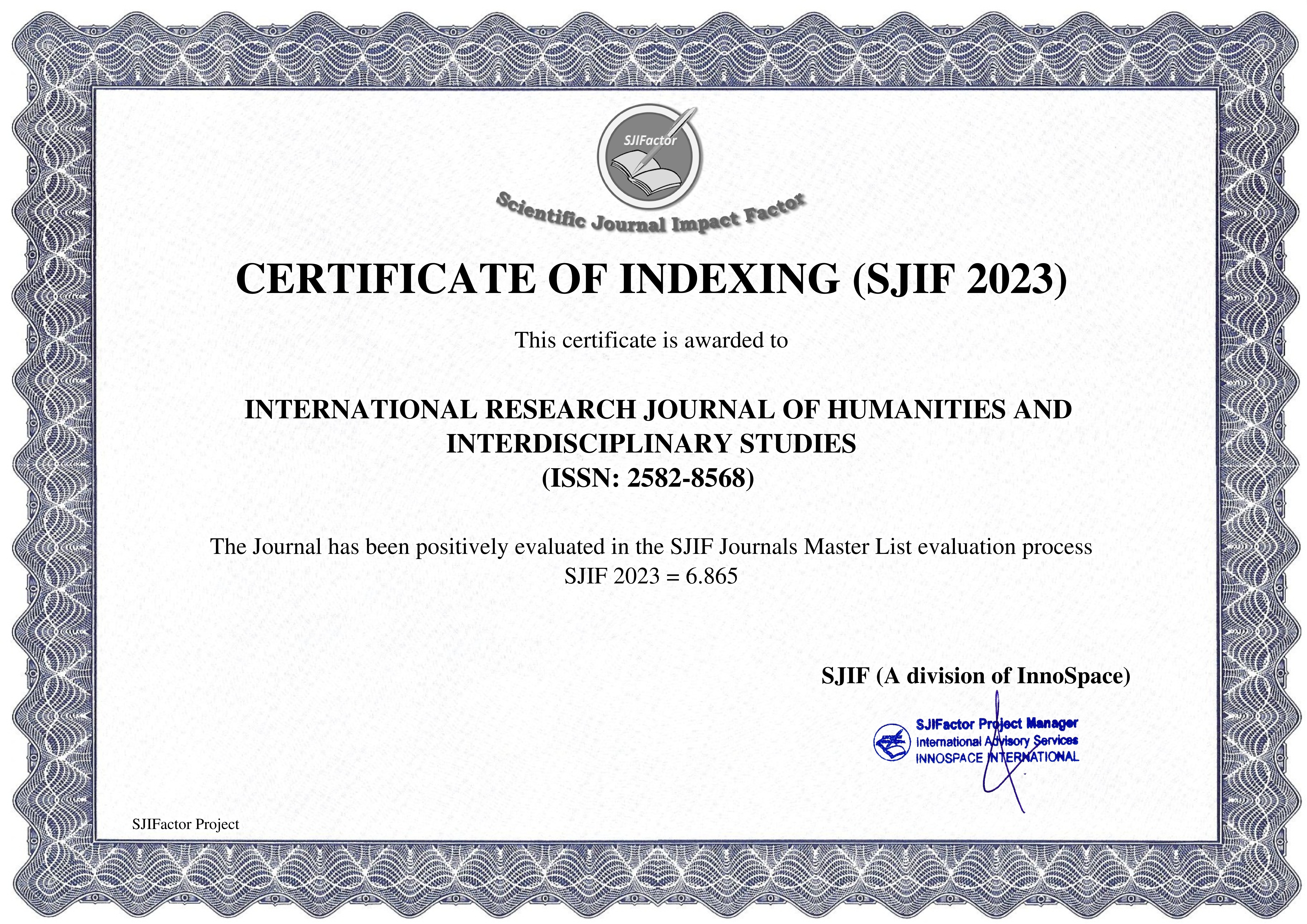Paper Details


Call For Papers
Volume 06, Issue 11
Frequency: 12 Issue per year
Paper Submission: Throughout the Month
Acceptance Notification: Within 2 days
Areas Covered: Multidisciplinary
Accepted Language: Multiple Languages
Journal Type: Online (e-Journal)
Announcement

Publish books with ISBN Number
- Edited Book
- Text Book
- Ph.D Thesis
- Conference Proceedings
ISSN Number:
2582-8568
Journal DOI No:
03.2021-11278686
Title:
Agroforestry: A Sustainable Landuse Management for Better Quality of Life and Climate Crisis Solution in Madhya Pradesh
Authors:
Cite this Article:
,
Agroforestry: A Sustainable Landuse Management for Better Quality of Life and Climate Crisis Solution in Madhya Pradesh, International Research Journal of Humanities and Interdisciplinary Studies (www.irjhis.com), ISSN : 2582-8568, Volume: 5, Issue: 10, Year: October 2024, Page No : 60-67,
Available at : http://irjhis.com/paper/IRJHIS2410007.pdf
Abstract:
Agroforestry is an essential instrument for sustainable, long-term agricultural production. Based on the physiographic and climatic conditions, farmers and/or landowners use various woody perennials into their cropping system in addition to the animal unit. The potential of MP's population can be used to promote tree farming as a significant economic activity in order to meet the Sustainable Development Goals. Similarly, the state's sizable cattle population can be effectively managed by implementing various horticultural and silvipastoral techniques. The importance of agroforestry in bridging the growing gap between the production and demand of forest products from territorial forests in India appears to be significant. In both low-income and developed countries, agroforestry presents a special set of possibilities for reducing poverty, stopping land degradation, and delivering ecosystem services. One of the viable options for improving food and nutritional security without creating the environmental risks associated with input-intensive land-use systems is the improvement and exploitation of the numerous fruit trees and medicinal plants. In the current environmental and socioeconomic context, agroforestry may be the most effective management strategy to generate income, limit the deforestation of forests, and serve as an example for sustainable land management in a state with a large number of residents.
Keywords:
Agroforestry, landuse, horticulture, cropping system, sustainable development
Publication Details:
Published Paper ID: IRJHIS2410007
Registration ID: 21628
Published In: Volume: 5, Issue: 10, Year: October 2024
Page No: 60-67
ISSN Number: 2582-8568
Download Full Paper: Click Here
Article Preview:





